The Path Of The Survivor is a deeply honest perspective on trauma, abuse, and healing. These lines use powerful words to describe what human nature is like.
Walking The Path Of The Survivor
Why and when you should take the path of the survivor?
There is a path we take.
It is not a journey forward, but one that leads us back.
Back to the places we were first broken.
Back to the places, we fear the most.
We resist it, fight it.
But on that path lies a trail of broken pieces,
Splintered fragments of ourselves
we left behind when they were too sharp to hold and cut us open.
Back then we didn’t know how to stop the bleeding.
So we left the pieces, scattered on the path,
and continued on our journey.
Related: You Will Rise Up With The Courage To Begin Again
Removed from the pain, but separated from ourselves.
But now, we must go back for those pieces.
For this is how we put ourselves back together.
This is how we become whole.
We gather the pieces we abandoned,
and place them inside us where they always belonged.
Related: When I Had The Courage To Leave My Abusive Relationship
Find the courage, dear one, and
tread upon the path of the survivor.
Pick up the broken pieces and hold them close.
Remember the way they once cut your hands, yet no longer do,
for now your hands are stronger and
your skin is thicker and though scarred, you no longer bleed.
Feel the weight of the pieces in your hands and
notice you are strong enough to carry that weight now.
Turn them over, adjust them, move them, line them up.
Make sense of them. Place them side by side. Repair them. Restore them.
See the way they come together with cracks and lines and faults and
imperfect edges that will never fit like they used to.
But see how they are once more made whole.
This is how broken things mend.
How broken people mend.
In flawed perfection.
Related: Finding Peace After A Toxic Relationship

It was never your fault you were so broken.
It was never your fault you left so much of yourself behind.
But now is the time to go back and pick up the pieces.
Do not fear the path. You know the way, you have walked it before.
It is your path. And these are your pieces. They belong to you.
Pick them up and put them back together and place them inside your chest.
Allow them to make you whole again as you were always meant to be.
Broken no more.
For this, dear one is the path of the survivor.
Related video:
If you found these words heart-touching and relatable, share your thoughts in the comments below.
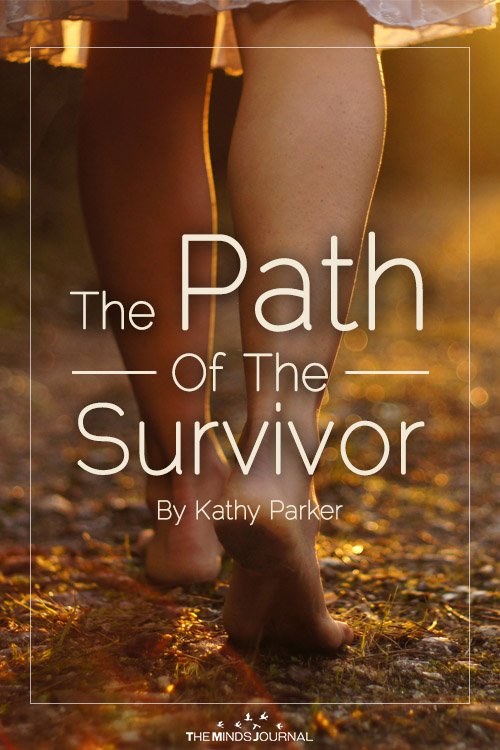
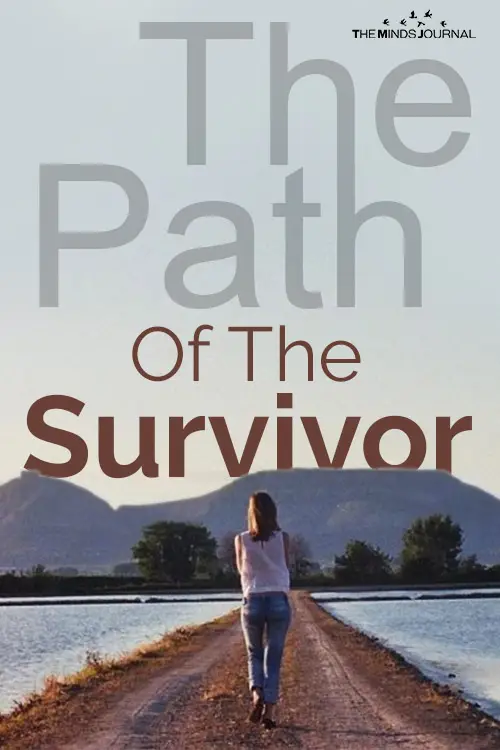
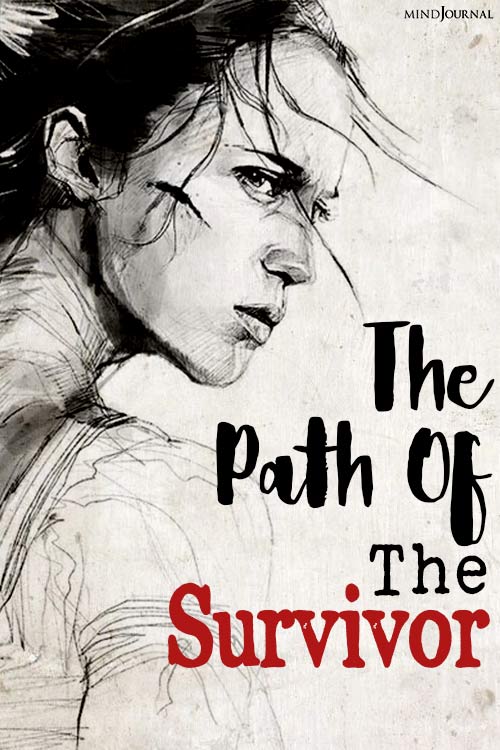
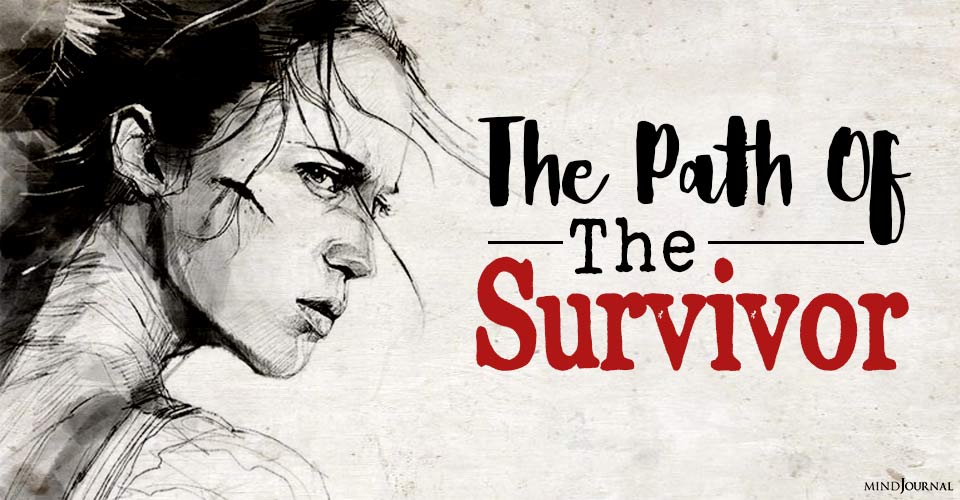

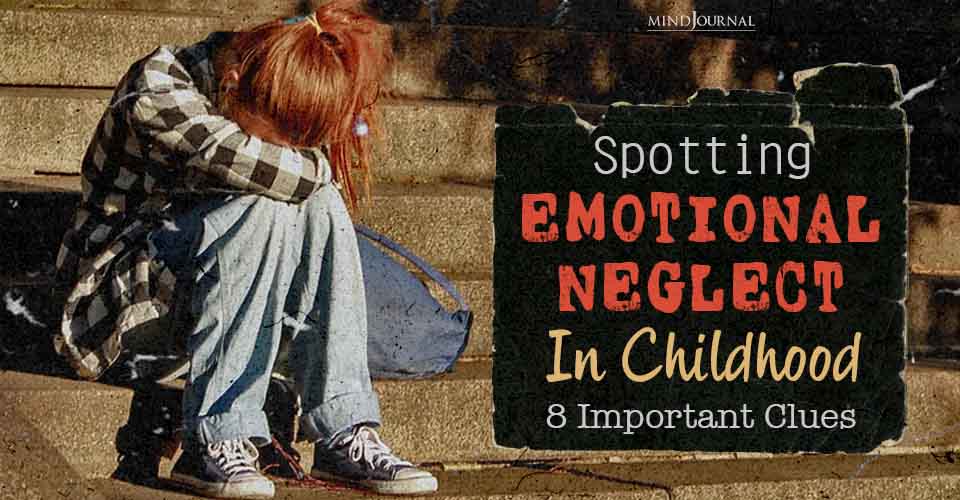
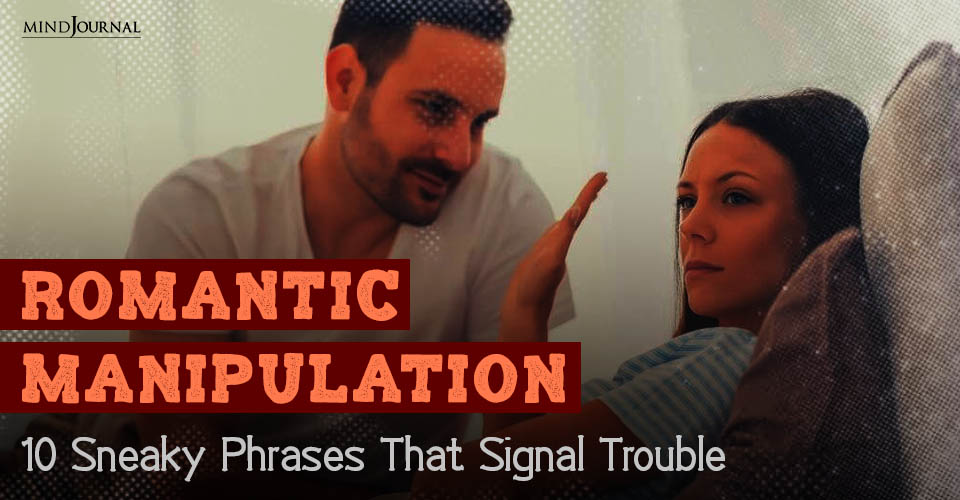
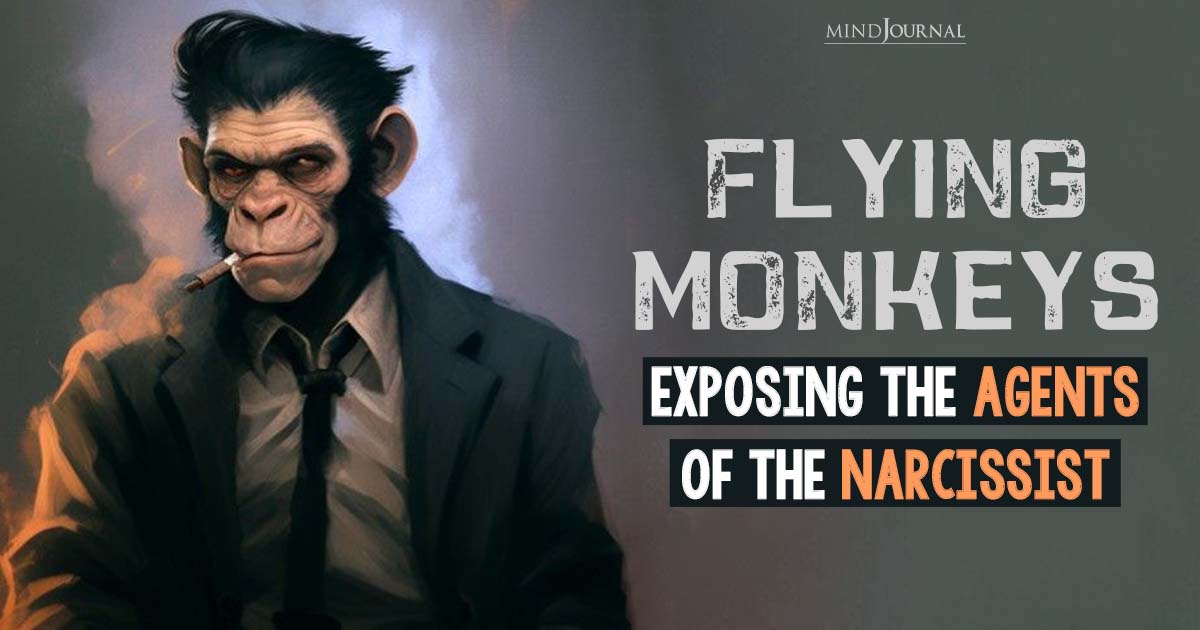
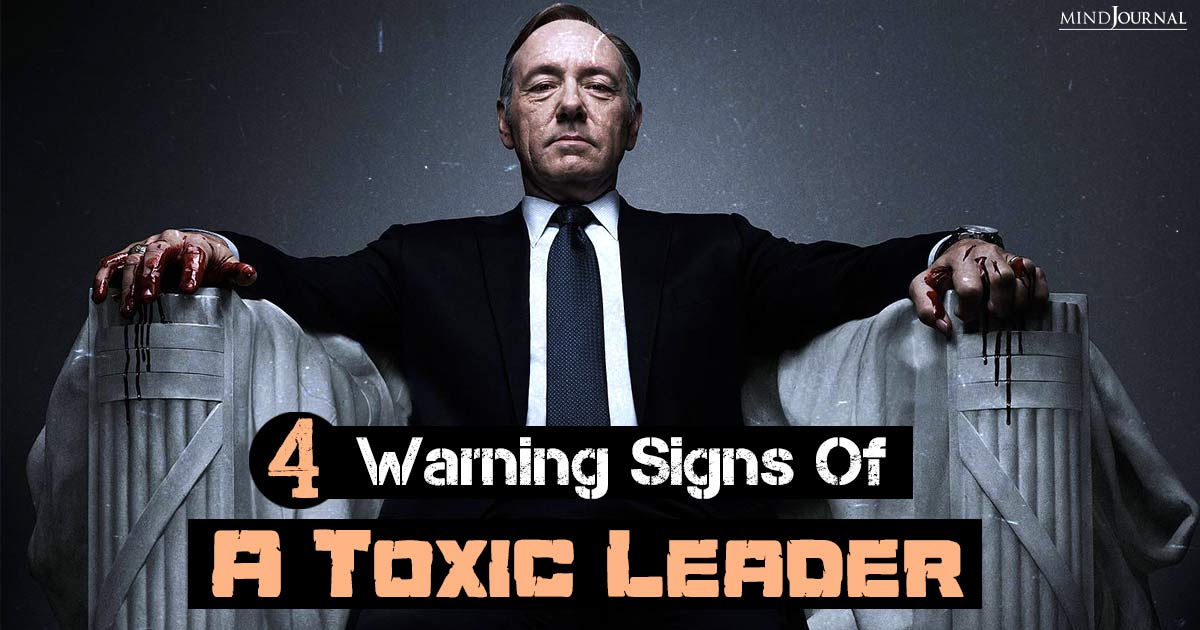
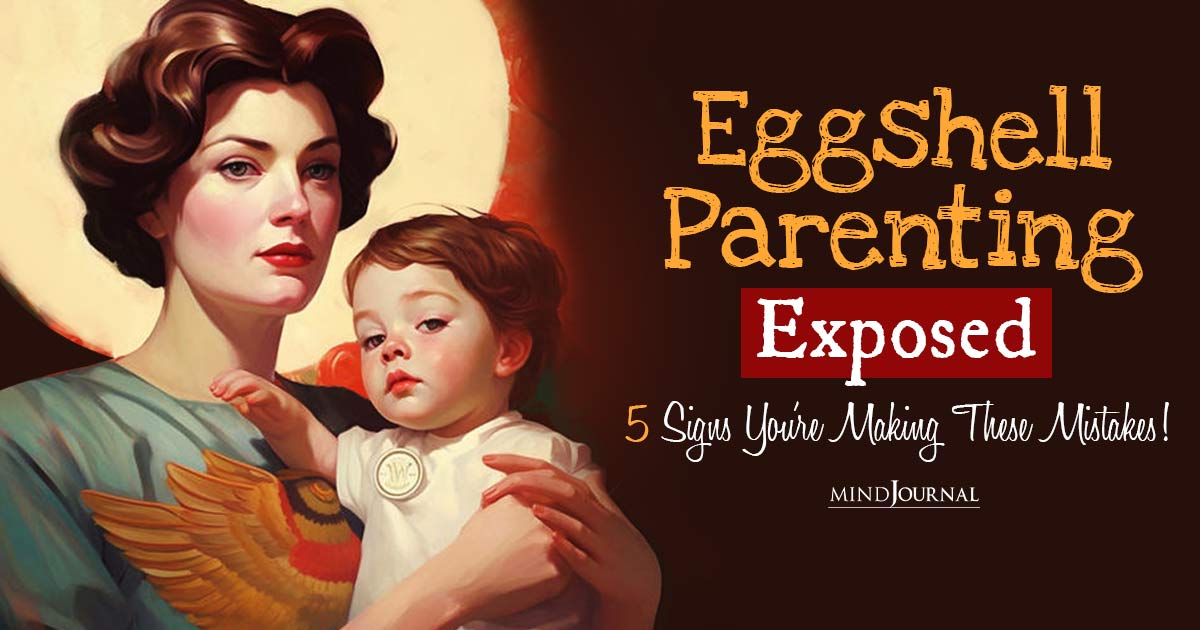

Leave a Reply
You must be logged in to post a comment.